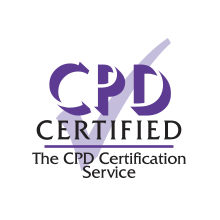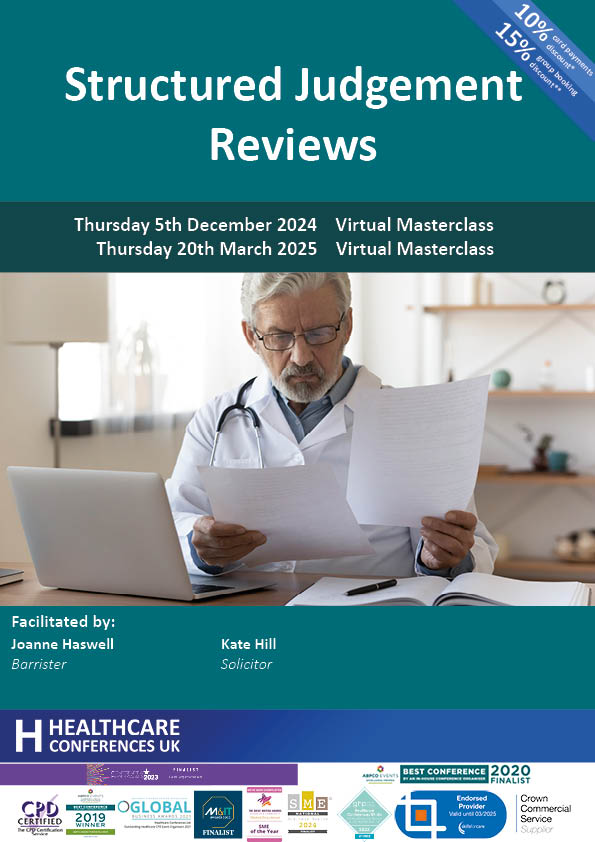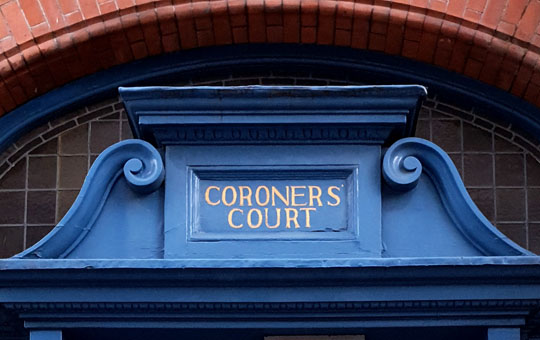A different approach to Structured Judgement Reviews (SJRs); using them as a triage tool and avoiding the use of poor and very poor to better align with PSIRF.
This course looks at moving SJRs away from questions of avoidability of harm and instead looks at how they can be used to determine what type of learning response should follow a patient’s death. The explicit judgements of poor and very poor that are in traditional SJR models are no longer helpful and delegates will be provided with updated and positive alternatives that focus on organisational learning.
WHO SHOULD ATTEND
Healthcare professionals tasked with deciding on an appropriate learning response following the death of a patient. Healthcare professionals who undertake Structured Judgement Reviews who wish to align these with PSIRF principles.
KEY LEARNING OBJECTIVES
Where SJRs fit in the overall clinical governance structure of their organisation, why they are being conducted and what questions they are designed to answer
How to organise case notes for effective review; use of timelines
What other sources of evidence to consider
Making explicit judgements around quality of care; evidence base and standards used
When and how to escalate potential issues with professional conduct










